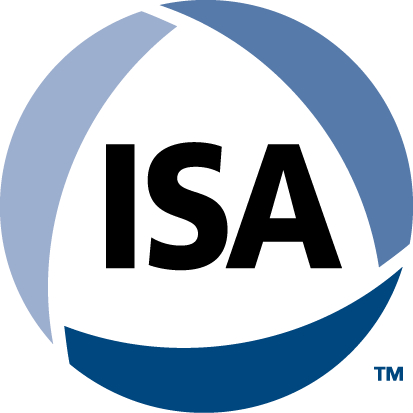Whether you're just breaking into a new industry, or you're looking to move on with your career, you're going to need a good resume. This will show any potential employer who you are and what you can do. A good resume will show you off in the best possible light and help you get the job. Here's how to write the best business automation engineer resume.
Understand the Role
Before you even start writing, you need to understand the role of a business automation engineer. This will help you create the best possible resume. Career blogger Ian Langley, from Boom Essays and Essayroo, explains that, “Essentially, this is an IT role, where you'll be responsible for developing, testing, and implementing automated solutions for software processes.” There are several things that you'll need to do in order to do your job to the best of your ability:
- Understand client needs
- Work with colleagues
- Review existing technical tools
- Ensure product quality
- Perform system tests
- Identify software bugs
Don't Forget the Basics
Any good resume is going to start with your basic information, so you'll need a good header. This is where all your contact information goes, such as your name, address, phone number, and email. A good tip is to put it all in a large font, so that it is easily seen.
Create a Resume Objective
This is optional, but it often helps show who you are and what you're looking to achieve. It's a good way to make a good first impression. In this section, write a few sentences about why you're the best fit for the job, and how your current skillset makes you the right candidate for the job.
If you're finding it difficult to put the words together for this part, you can use a resume writing service like Resumention, Paper Fellows, or Big Assignments to help you. This will help put your skills forward in the best way possible.
List Your Skills
In this next section, it's important to show the employer what you can bring to the role. Writer Selena Foal from Lia Help and State Of Writing advises, “You may have lots of skills that you want to include, but only stick to the skills that are relevant to the job at hand.”
For example, you'll want to include skills such as data management, test scripts, and proficiency in programs such as PLC, Java, and Python. Use the job description to see what you should include here.
Include Work Experience
Next, you'll include your work experience to show where you've worked. Again, only include roles that are relevant to the job you're applying for. Include them chronologically with the most recent job first. Include the job title, years you were employed, your duties, and any achievements you had while working there.
Include Your Education
Now you'll need to include information about your education. Again, you'll start with the most recent qualification you’ve earned, listing the degree, where you earned it, when you studied, and any certificates or honors that you received.
Additional Writing Tips
Here are some additional writing tips that should aid your resume building:
- Tailor your resume to each employer. Everyone is looking for someone a little bit different, and you'll want to do your research to show them why you're the best candidate.
- The layout is always important. Choose a legible and easy-to-read font, and space everything out well. Bullet points are a good way of listing things like skills and qualifications, whilst making them easier to read.
- While technical knowledge is vital, you'll need other skills to work well in any company. Don't forget skills such as communication and business management.
- If you don't have a lot of experience, you can try a functional resume layout. This groups together relevant sets of skills and works to show you off to your potential future employer.
Writing a good resume is a skill, but it's one you'll continue to develop as you apply to more and more jobs. Use these tips to create an excellent business automation engineer resume. You'll show employers just how good you are, and why they should consider you for the role they're trying to fill.




